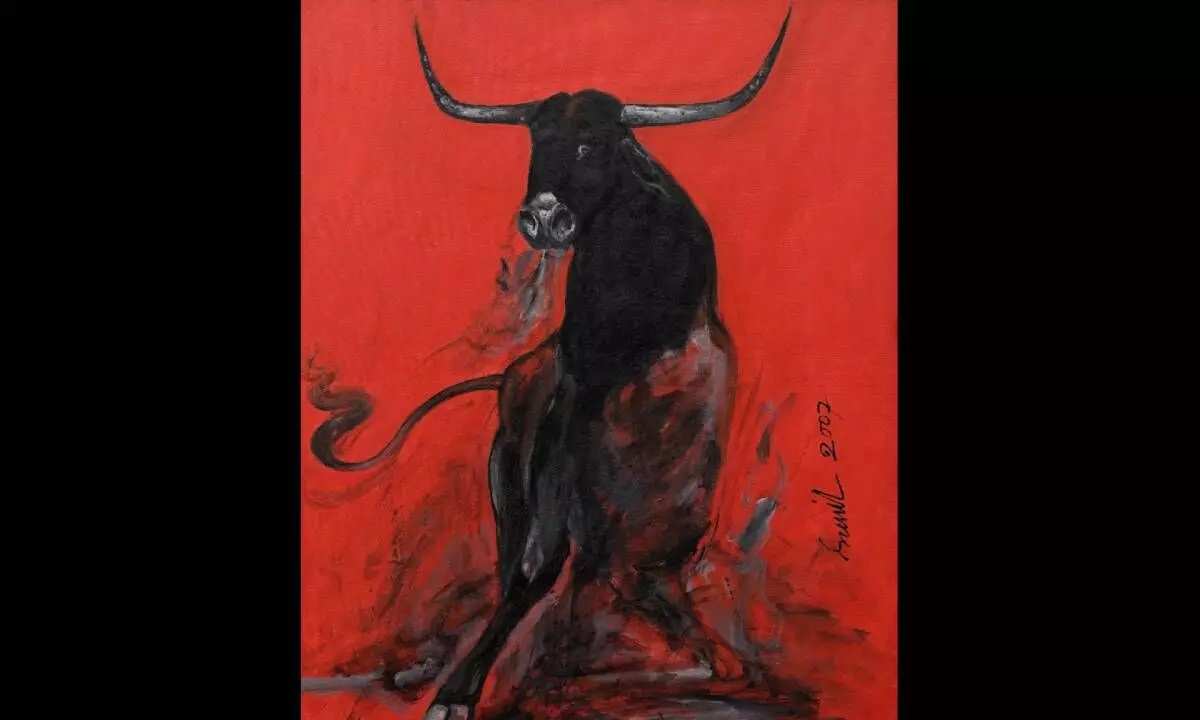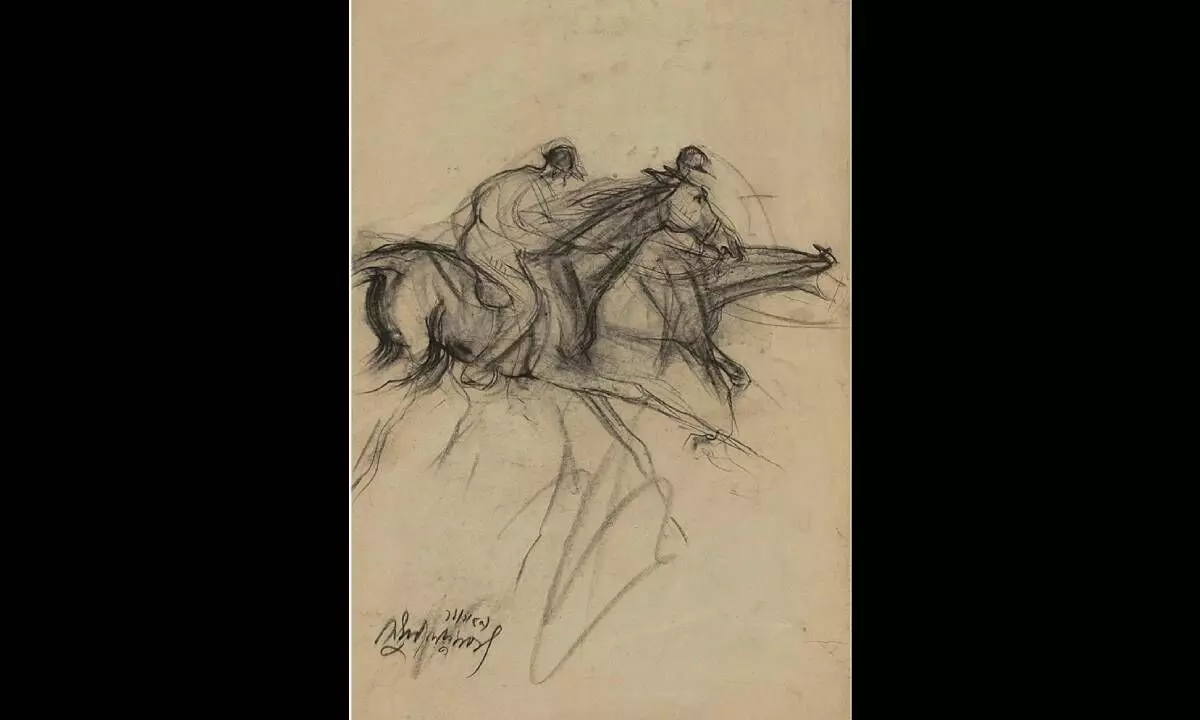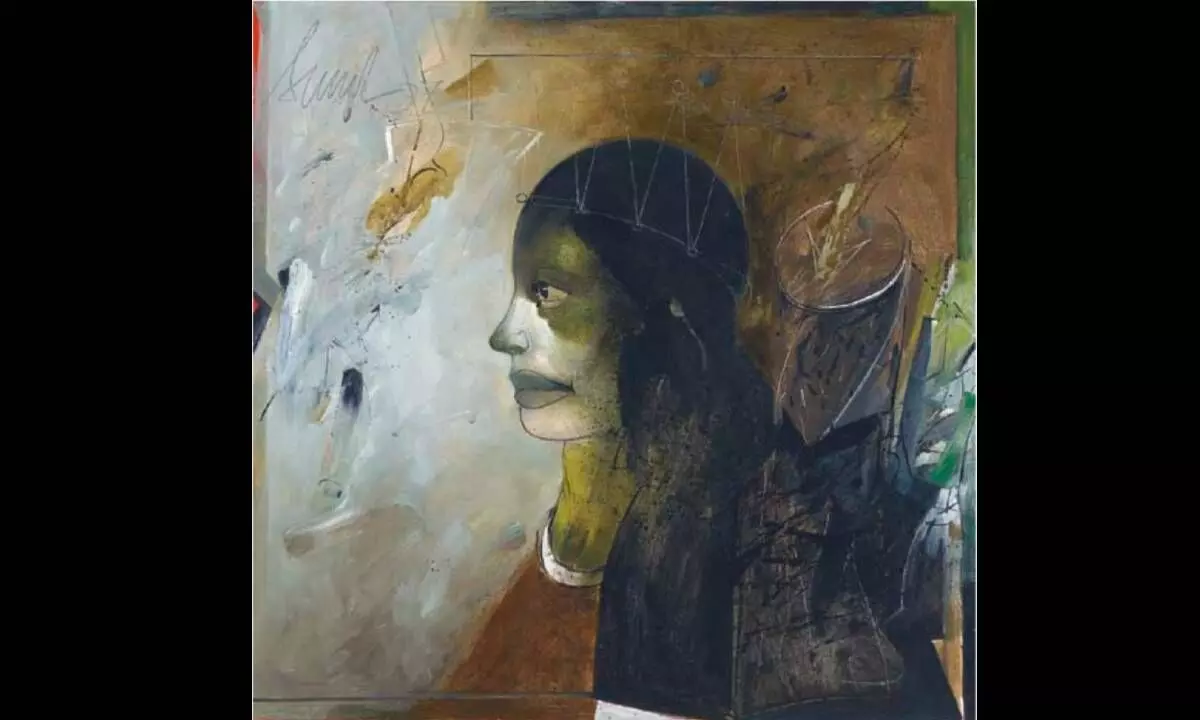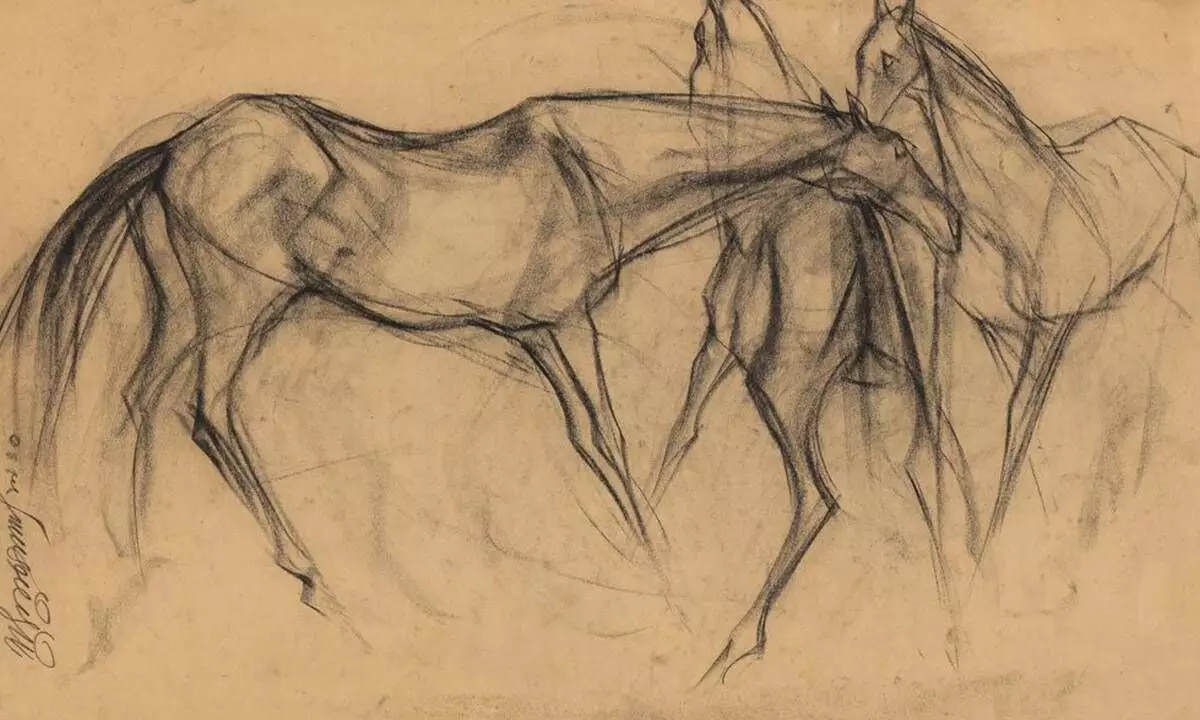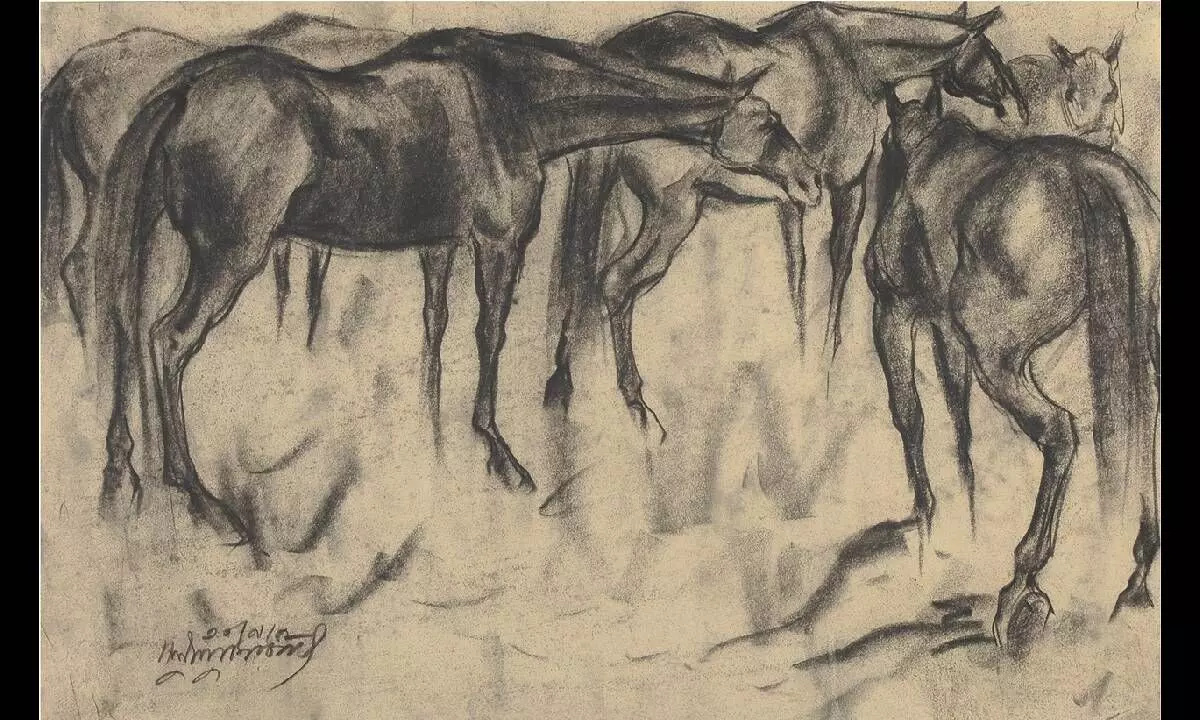A Case for Sunil Das
One of India’s most important modernists, the artist deserves much better in the art market
image for illustrative purpose
Not knowing the name of Sunil Das is close to blasphemy in the world of art. Yet, it remains a fact that outside art circles, his name does not have a recall as enjoyed by MF Husain or SH Raza, or Jamini Roy or Nandalal Bose, for instance. That’s a good reason for this column to talk at length about Sunil Das, one of India’s most important modernists.
The occasion is just right as August 4 marks his anniversary. Das, who attained fame early on in his life for winning the prestigious Lalit Kala Akademi’s national award while still a student, was born on 4 August, 1939, in Calcutta. What makes him important for any study or understanding of modern Indian art is his highly individuated contribution to the growth of Indian modernism, about which not enough has been written or discussed on platforms open to people beyond art circles.
The Youngest Winner of National Award
Das was in his twentieth year and pursuing a bachelor’s degree in Calcutta when he participated in the prestigious national exhibition of the Lalit Kala Akademi, and won the first prize in 1959. He thus became the only Indian artist to win the honour while still an undergraduate. The painting that won him the prize was titled Horses.
Horses as a subject had begun to interest Das much earlier. Between 1950 and 1960, he would create thousands of drawings of horses, that would not only become a vital signature of his early career, but a very important leitmotif of his entire artistic journey. ‘I must have done 7000 horses between 1950 and 60,’ Das is known to have said in an interview.
There’s an interesting story behind Das’s horse drawings. Enamoured by the mounted police of Calcutta, he started studying the equines by spending hours at the police stables, and produced iconic drawings of the graceful animal in various poses. Horses are as synonymous with Das’s oeuvre as they are with Husain’s, only not as well-known as they should be.
Soon, Das proceeded to France to study at École Nationale Supérieure des Beaux-Arts in Paris, on a French government scholarship, where he would also subsequently train with S William Hayter and Krishna Reddy at Atelier 17. While in Europe, he visited Spain in 1962, where he witnessed a series of bull fights. Bulls, in all their animalistic splendour, charmed the artist in Das, just as horses had earlier. Das drew several sketches of bulls in action capturing their energy, aggression and charge, just as the speed, power and grace of horses had caught his imagination previously.
Later in his career, Sunil Das would go on to create a bold new body of work with women as his subject. He presented them in a surrealist manner, while using their bodies and eyes as powerful tools to make a comment on the pressures women are subjected to in daily life and common situations. This body of his work elevated him to the topmost echelons of the art world, where the artist succeeded in letting his art take a strong stand on pertinent social issues. These later paintings, featuring women with battered souls yet smiling countenances, are some of the strongest works on the plight of women created in modern Indian art.
When the neo-Tantra wave gripped the Indian art fraternity, in a movement pioneered by GR Santosh, Das too engaged with the ancient Indian philosophy and gave it a unique visual expression. The fact that he lived in the neighbourhood of Kalighat in Calcutta, an important hub of tantra practices, informed his vocabulary to a great extent.
Through all these landmarks in his artistic journey, Das continued to evolve an individuated visual language, making his art a distinct work of Indian modernism, which was rooted in the ethos of the land yet did not blindly follow the traditions, global in its stylization yet not a blind adherent of the western principles.
Das’s Art at the Market
Given the significance of Sunil Das’s contribution to modernism, it’s a pity that the collectors have not yet flocked to buy his works as they should. The best of his art continues to remain in the affordable range - which is a great thing for true connoisseurs of art - but not so great a fact considering that his work deserves to be much more than that.
Das’s works appear in auctions rather sparingly and seem to be building up on the price points gradually, as a quick browse of the history of sales of his art works over the past two decades shows. One of the best prices achieved by a Sunil Das canvas was this year in January, when an Untitled work from his ‘Bulls’ series fetched Rs 7.8 lakh ($9,630) at a Saffronart auction ‘Rediscovery: Auction of Art and Collectibles’ on 17-18 January.
A gripping red and black acrylic on canvas work, it features an aggressive bull rising up from the horizon and charging towards the viewer as it kicks up a mini storm of dust underneath its feet and snorts frenziedly, spewing fumes. It’s tail swirls wildly behind, streaking across a bright red sky, which, incidentally, is the highlight of the work. The canvas creates an atmosphere of great energy and vitality, making it a highly animated work. The red also makes it one of the rare works from Das’s oeuvre as most of his works on horses and bulls are in muted or earthy shades.
On 28-29 June this year, one of his works featuring women as subjects sold for Rs 3.42 lakh at another Saffronart auction. It depicted the signature Sunil Das muse with highly expressive yet darkened eyes, prominent red lips, clutching her saree, but in a submissive, defeated stance with her head bent low.
Both of these works belong to the apogee of Sunil Das’s oeuvre the likes of which deserve much more than they are worth right now. Hopefully in the years to come, as the Indian art market matures and works by Souza, Raza, Gaitonde, Husain are not so easily available in the market, deserving artists like Sunil Das would get their time at the top of the art market pyramid. By the way, his death anniversary too is round the corner as he passed away on 10 August 2015 in Kolkata. That’s a double reason to pay tribute to this great modernist.
(The writer is a New Delhi-based journalist, editor, and arts consultant. She blogs at www.archanakhareghose.com)


